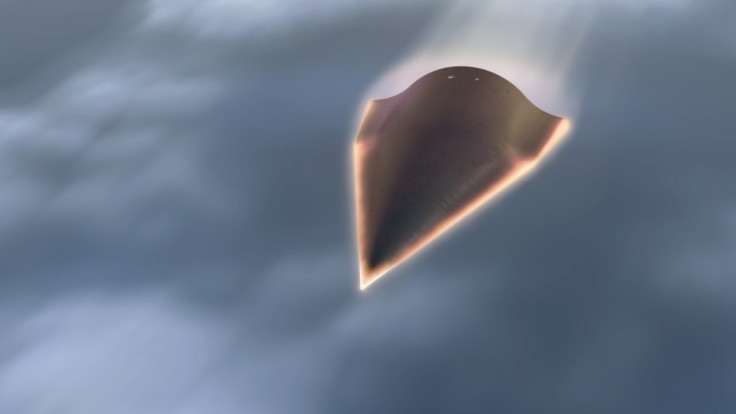DARPA?s Hypersonic Glider Test Run Fails

It turns out we might not be ready for a vehicle that can fly from New York City to Los Angeles in 12 minutes after all.
The U.S. Defense Advanced Research Projects Agency said its experimental hypersonic glider, named Falcon Hypersonic Technology Vehicle 2 or HTV-2, failed in a test run Thursday. The glider, which DARPA says may be capable of going 13,000 miles per hour and traveling from New York to LA in 12 minutes, lost telemetry contact with the scientists monitoring it, the agency announced via Twitter.
"Downrange assets did not reacquire tracking or telemetry. #HTV2 has an autonomous flight termination capability. More to follow," DARPA announced on Twitter.
The glider was supposed to fly over the Pacific Ocean from Vandenberg Air Force Base, west of Santa Barbara, Calif. It was meant to separate from a rocket and move through the atmosphere at the aforementioned 13,000 mph on a 4,000-mile ride. Instead, it sputtered out pretty quickly.
Attached to a Minotaur IV Lite rocket, the glider failed shortly after it began flying on its own when it reached suborbital altitude. It presumably nosedived and landed somewhere in the Pacific Ocean.
Before the test, DARPA proclaimed the glider would be able to travel at 20 times the speed of sound, based on computational models and simulations.
This was the HTV's second test flight. The first, in April 2010, collected data on demonstrated advances in high lift-to-drag aerodynamics, high temperature materials, thermal protection systems, autonomous flight safety systems and advanced guidance, navigation, and control for long-duration hypersonic flight before crashing. The craft reached speeds of Mach 17 to 22, DARPA said.
With this second flight, DARPA was hoping to increase technical knowledge on hypersonic technology development. The agency wants to "conquer unknowns" about long-duration hypersonic missions.
"We gained valuable data from the first flight, made some adjustments based on the findings of an engineering review board to improve this second flight, and now we're ready to put all of that to the test," Dave Neyland, director of DARPA's Tactical Technology Office said before Thursday's launch.
HTV2 was built by Lockheed Martin. At this time, it's unclear if the failure was a technical issue with the vehicle itself or a communication issue.
Follow Gabriel Perna on Twitter at @GabrielSPerna
© Copyright IBTimes 2024. All rights reserved.





















